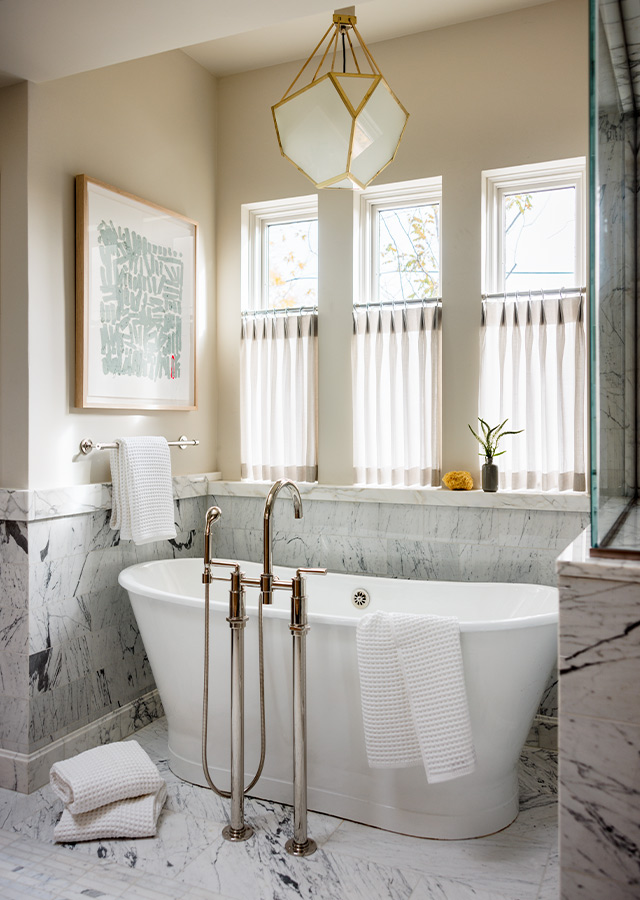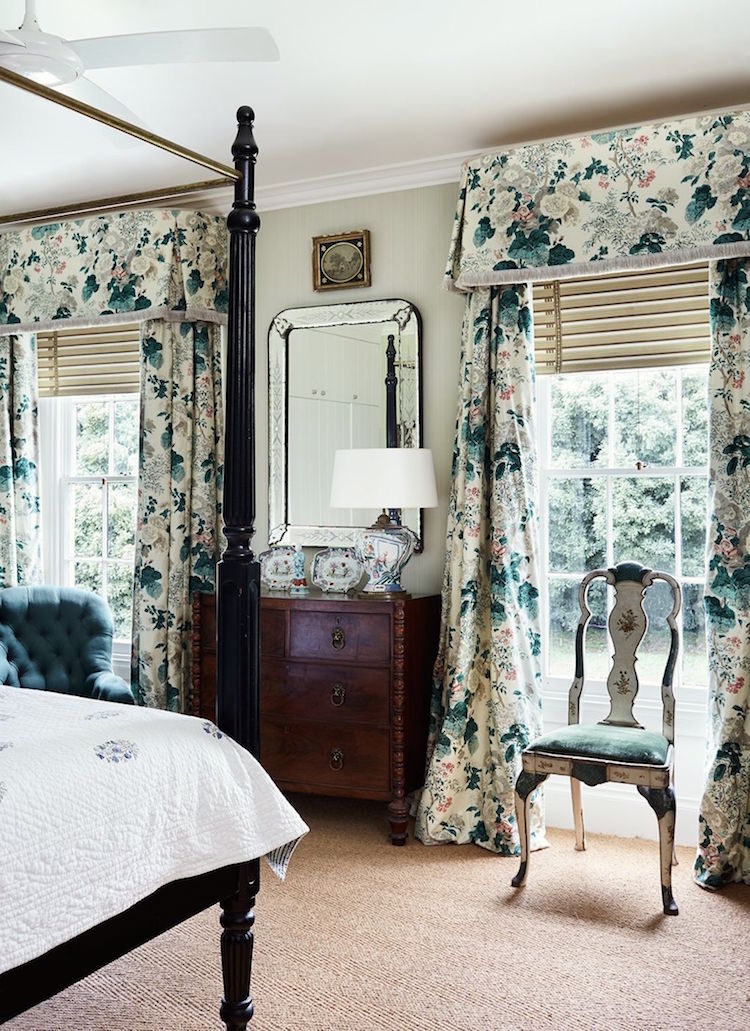The Ultimate Guide to Blinds: Kinds, Benefits, and Selecting the Right Fit for You
The globe of window treatments is large and varied. Blinds are available in various designs, each offering distinctive benefits for various setups. Comprehending these choices is crucial for making notified decisions. Furthermore, elements like product option and room capability play a considerable role. As one thinks about the ideal equilibrium in between visual appeals and usefulness, the nuances of measuring and keeping blinds likewise emerge as vital components. What should one prioritize when choosing the suitable home window service?
Kinds of Blinds: A Thorough Summary
Blinds work as both aesthetic and useful elements in interior style, providing numerous alternatives to fit diverse choices and requirements. Among the most preferred types are Venetian blinds, defined by horizontal slats that can be changed for light control and personal privacy. Roller blinds, understood for their simpleness and versatility, come in an array of materials and patterns, making them suitable for standard and contemporary setups. Upright blinds, typically used for bigger home windows or moving doors, enable easy change and are usually made from fabric or plastic.
Roman blinds, with their classy folds up, add a touch of class to any space, while cellular tones provide insulation and power effectiveness. Additionally, bamboo blinds offer an all-natural, environment-friendly option, infusing spaces with warmth. Each kind has special attributes and styles, ensuring house owners can discover the ideal fit for their certain décor and functional needs.
Advantages of Setting Up Blinds in your house
The setup of blinds in a home uses several considerable benefits. They give boosted privacy control, permitting house owners to manage presence from the exterior. Furthermore, blinds add to power efficiency by aiding to manage interior temperature levels, reducing the dependence on heating and cooling down systems.
Improved Privacy Control
Installing blinds uses a substantial benefit in personal privacy control when homeowners look for to enhance their living spaces. Blinds provide a functional remedy for regulating presence from both the inside and outside of the home. By adjusting the slats or raising the blinds, individuals can easily take care of the quantity of light going into while at the same time obstructing the view from outdoors. This versatility allows property owners to develop a comfortable ambience without compromising all-natural light. In addition, various styles and materials are offered, ensuring that property owners can choose choices that seamlessly blend with their style while boosting privacy. Inevitably, the installment of blinds offers as an effective means to secure individual room, motivating leisure and assurance within the home environment.
Energy Performance Improvement
Mounting blinds not only boosts personal privacy but also substantially contributes to energy effectiveness in the home. By controling natural light and reducing heat transfer, blinds can help maintain a regular indoor temperature. Throughout warmer months, closing blinds can obstruct out too much sunshine, thus decreasing the reliance on a/c. Alternatively, in cooler months, they can give insulation by capturing warmth, decreasing home heating prices. Additionally, energy-efficient blinds, such as mobile tones, are made especially to minimize power loss. By investing in top quality blinds, home owners can produce a more comfortable living environment while additionally reducing power expenses. Ultimately, the setup of blinds functions as a practical remedy for those looking for to boost both comfort and energy performance in their homes.
How to Select the Right Blinds for Each Area
Just how can one identify one of the most ideal blinds for every room in a home? The option process begins with examining the room's function and environment. In living areas, functional blinds that allow light control while ensuring personal privacy are ideal. In bed rooms, power outage blinds can enhance sleep quality by blocking out external light.
Kitchen areas and restrooms require moisture-resistant choices to hold up against humidity, making plastic or artificial wood blinds suitable selections. In addition, the desired aesthetic plays a crucial role; working with blinds with the area's design enhances the total atmosphere.
Consider the amount of all-natural light each room receives; lighter blinds may be more effective for dark areas, while darker alternatives can include heat to sunlit spaces. Ultimately, understanding particular requirements and choices for performance and style will certainly assist home owners in making informed choices customized to every room's unique needs.
Product Options: Timber, Plastic, Fabric, and A lot more

Timber Blinds Conveniences
Timber blinds are a prominent choice among homeowners seeking a blend of aesthetic appeals and performance. One considerable benefit of wood blinds is their natural elegance, supplying a warm and inviting look that improves any indoor style. They are readily available in numerous coatings and shades, permitting personalization to match individual design. Furthermore, wood blinds offer excellent light control and personal privacy, as their slats can be quickly gotten used to filter sunlight while keeping seclusion. Their longevity is another benefit; with appropriate treatment, timber blinds can last for several years without shedding their allure (Phoenix shades installation). In addition, they have shielding residential or commercial properties, helping to control indoor temperature levels and possibly lowering energy costs. Overall, wood blinds combine style and usefulness, making them an optimal selection for many homes
Plastic Toughness Features
Vinyl blinds attract attention for their outstanding resilience, making them a sensible selection for various settings. These blinds are resistant to moisture, making them perfect for locations such as cooking areas and restrooms where moisture can be a concern. Unlike wood, plastic does not warp, crack, or discolor under sunshine, making sure resilient efficiency and marginal upkeep. Additionally, they are available in a selection of designs and colors, enabling homeowners to tailor their appearance without sacrificing sturdiness. Plastic blinds are likewise very easy to tidy; a simple wipe with a wet fabric is frequently adequate to keep them looking fresh. Overall, their resilience and low upkeep make vinyl a favored alternative amongst homeowners seeking both performance and aesthetic charm.

Textile Choices Overview
Blinds are available in a selection of textile choices that cater to various aesthetic and useful needs. Common products consist of timber, textile, and plastic, each offering unique benefits. Wood blinds provide a traditional, cozy visual and outstanding insulation but call for maintenance to avoid warping. Vinyl blinds are durable and moisture-resistant, making them perfect for high-humidity areas like shower rooms and kitchens. Textile blinds, available in countless colors and patterns, use adaptability and Recommended Site softness, boosting home decoration while offering varying degrees of light purification. In addition, choices like fake wood offer the appearance of natural wood with added resilience. When picking blinds, it is crucial to assess the specific demands of each room to guarantee peak efficiency and design.
Measuring and Mounting Blinds: Tips for Success
Measuring and mounting blinds may appear straightforward, cautious interest to information is vital for attaining a best fit. It is important to measure the window framework properly, noting both the width and height. For within places, subtract a percentage from site link the size to guarantee a clean fit, while outside installs must extend beyond the frame for better light control and aesthetic appeals. Making use of a steel tape measure is recommended for precision.
When mounting, collect all needed tools, such as a level, drill, and screws. Complying with the manufacturer's directions is crucial to assure appropriate installment. It is a good idea to pre-drill openings to avoid harming the braces. In addition, having a 2nd person can make the procedure smoother, particularly when lifting much heavier blinds. Lastly, after setup, test the blinds to verify they operate smoothly and change as essential for optimum functionality.
Upkeep and Look After Durable Blinds
Proper maintenance and care can greatly expand the lifespan of home window coverings. Routine dusting is important; using a soft towel or a microfiber duster can properly get rid of dirt without damaging surface areas. For deeper cleaning, a mild solution of soap and water is recommended, used with a soft sponge, guaranteeing that no moisture seeps right into the mechanisms.
For material blinds, spot cleaning is advisable, while wood blinds should be treated with a wood-safe cleaner to preserve their finish. Prevent exposing blinds to too much moisture, warmth, or straight sunshine, which can result in bending or fading.
In addition, regular inspection of mechanisms and cables can prevent deterioration. It's a good idea to adhere to maker guidelines for certain products, as various blinds may have special care demands. By taking on these basic upkeep practices, homeowners can guarantee their blinds remain useful and cosmetically pleasing for several years to come.
Frequently Asked Inquiries
Can Blinds Help In Reducing Energy Expenses in My Home?
Blinds can effectively minimize energy expenses in a home by supplying insulation, blocking heat during summer, and preserving heat in winter. Their ability to control light and air flow enhances energy effectiveness throughout the year.
Exist Child-Safe Options for Blinds?
Yes, there are child-safe alternatives for blinds. These include cordless designs, retractable cables, and security tools that remove dangling cables, making certain a safe and secure environment for children while preserving capability and visual charm in homes.

How Do Blinds Compare to Curtains or Shades?
Blinds commonly provide extra exact light control and room effectiveness than shades or drapes. Phoenix drapes. They are usually simpler to clean up and maintain, while curtains give a softer aesthetic, and tones can provide differing insulation benefits
Can I Tailor the Shade and Layout of My Blinds?
Yes, blinds can be personalized in both color and design. Various makers supply a variety of this hyperlink options, allowing clients to choose products, patterns, and colors that fit their individual visual and home style.
What Is the Ordinary Life-span of Different Kinds Of Blinds?
The average life expectancy of blinds varies: wood blinds last 5-10 years, artificial wood 7-10 years, light weight aluminum 5-10 years, and material tones around 5 years, depending upon upkeep, exposure, and usage to sunlight.
Bathrooms and cooking areas need moisture-resistant options to stand up to moisture, making vinyl or fake wood blinds ideal options. Wood blinds supply natural elegance and heat, while vinyl supplies longevity and ease of maintenance. One substantial benefit of wood blinds is their all-natural appeal, offering a cozy and welcoming look that improves any type of interior decor. Furthermore, timber blinds provide exceptional light control and personal privacy, as their slats can be quickly changed to filter sunshine while maintaining privacy. For material blinds, area cleansing is a good idea, while wood blinds should be treated with a wood-safe cleaner to keep their finish.